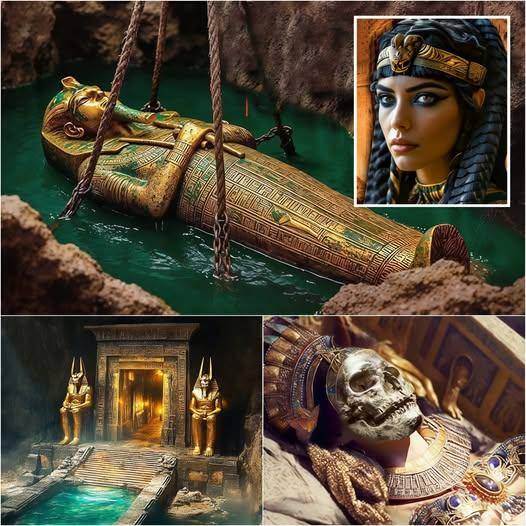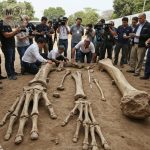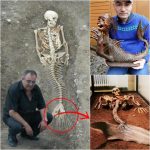Cleopatra’s Tomb Unearthed: Secrets of Egypt’s Last Queen

For centuries, Cleopatra VII—the last pharaoh of ancient Egypt—has remained one of history’s most enigmatic figures. Celebrated for her intelligence, political acumen, and legendary romances, she has been immortalized in both history and myth. Yet one mystery has eluded archaeologists for millennia: the location of her final resting place. Now, reports suggest that beneath the sands near Alexandria, researchers may have uncovered Cleopatra’s long-lost tomb, a discovery that could rewrite our understanding of her reign and her legacy.
A Maze Beneath the Sands

The alleged tomb lies within a labyrinthine tunnel complex carved deep into the bedrock near Alexandria. Archaeologists exploring these passages have found chambers containing inscriptions, statues, and ritual artifacts that appear to align with the era of Cleopatra’s rule. Among the most compelling finds are symbols linked to Isis, the goddess with whom Cleopatra closely associated herself, reinforcing the queen’s image as both ruler and divine figure.
Each relic offers tantalizing hints of ritual devotion and royal power. These discoveries suggest not only a burial site but also a sanctuary reflecting the fusion of politics, religion, and identity that defined Cleopatra’s reign.
The Significance of the Find
If authenticated, this would be one of the most significant archaeological discoveries of the century. Cleopatra’s tomb has long been a subject of fascination, not just for scholars but for the world at large. Ancient sources describe her dramatic death alongside Mark Antony, yet her burial site has remained hidden, fueling speculation and legend.
Uncovering the queen’s tomb could provide answers to long-debated questions: How did Cleopatra spend her final moments? What rituals accompanied her burial? And how did her subjects memorialize their last pharaoh as Egypt fell under Roman control?
Bridging Myth and Reality

Cleopatra’s life has often been romanticized, painted through the lens of Roman historians and dramatized in literature and film. The discovery of her burial site offers the possibility of seeing beyond myth to the reality of her reign. Inscriptions and artifacts within the chambers may provide first-hand accounts of her authority, her devotion to Egyptian tradition, and the ways she sought to preserve her kingdom’s independence against Roman expansion.
At the same time, the find underscores how archaeology bridges the gap between legend and fact. By piecing together fragments of history, scientists reveal truths hidden beneath centuries of sand and secrecy.
Conclusion
The potential unearthing of Cleopatra’s tomb is far more than a burial discovery—it is a gateway to understanding the woman who ruled Egypt at the twilight of its pharaohs. Each artifact and inscription carries echoes of her reign, promising to shed light on her power, her identity, and her enduring allure. As research continues, the world waits in anticipation, captivated once again by the mystery of Cleopatra, Egypt’s last queen.










